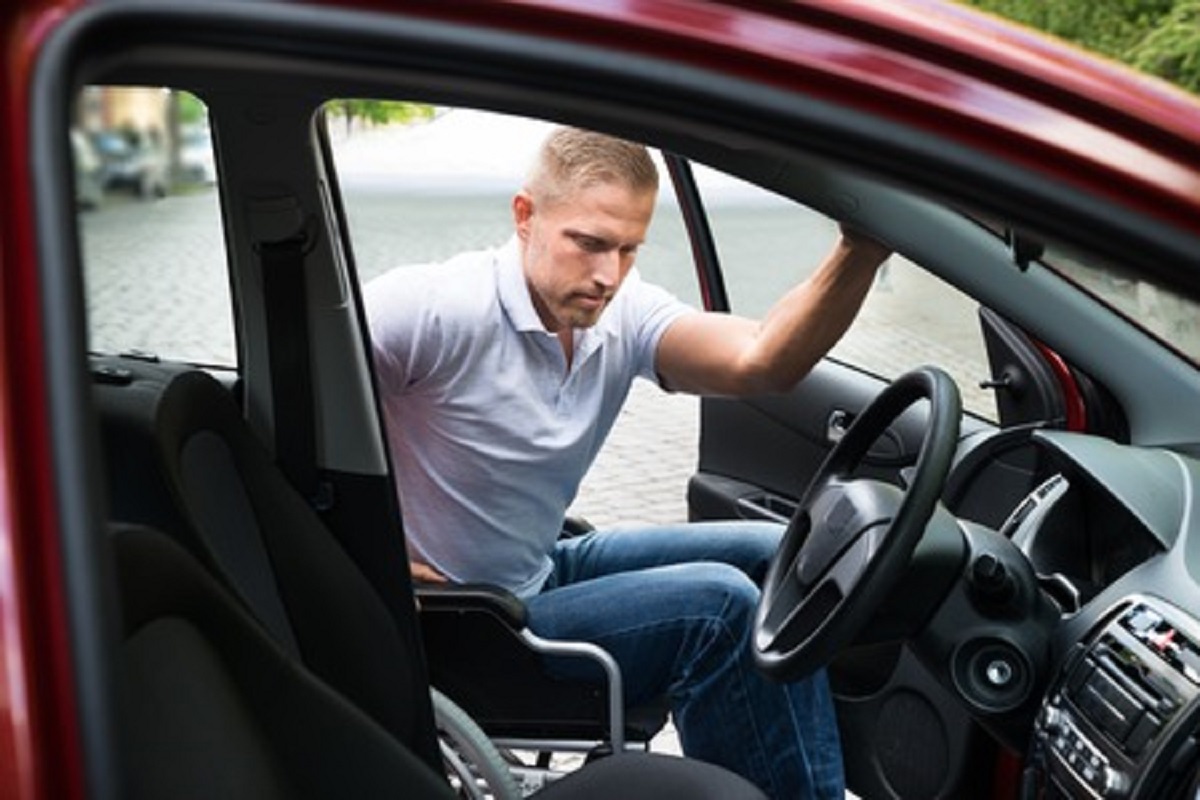Despite popular belief, driving with a disability is quite possible. All it takes is certain modifications to a vehicle so a person can drive more easily from place to place and getting a driver’s license—not unlike those who do not have a disability. As with the typical process, the driver’s test has a written and driving portion. Once the written test is complete, a person receives a driver’s permit to practice while accompanied by someone over the age of 21 until he or she is ready for the driving test.
In order to get a driver’s license, drivers with disabilities must show the DMV they not only know the rules of the road and how to follow them, but that their car can be easily operated within the capabilities of their handicap. This can involve adding alterations to the vehicle including to the steering wheel, the brake and gas pedals, or any additional required controls. In some states, another set of the controls must be installed in the passenger seat.
If the car has the required modification and has been shown to the proper authorities, drivers can take the driving test. Once the test is passed, drivers can get their driver’s license. After doing so, there are no other requirements besides a special license plate and a placard to hang on the rearview mirror—this is for safety reasons in case of an emergency or another problem.
Some requirements for taking disabled driving lessons include being least 16 years of age with the exception of those who receive a Disability Living Allowance, who can be 15 years of age. As stated above, the vehicle must be modified to fit a driver’s needs and accommodate any required additions. These include a wheelchair, ramps, and any other special controls.
Finally, drivers must pass a theory and practical test, which is separated into two parts: multiple choice and hazard perception skills. There are different theory tests to fit the needs of several disabilities. Once drivers pass, they can move on to the practical test, which can be offered as a video for people with hearing disabilities as well as written and spoken formats for visually impaired persons. The practical test should be conducted by a licensed instructor with training for disabled driving.
Being a disabled driver is now easier than ever due to the growing technology in vehicles, so you don’t need to feel limited when it comes to traveling to work, school, or on vacation. Most don’t know how easy it is to get a driver’s license with a disability.
Think you or someone you know is in need of Behind the Wheel Training? Training Wheels is a Ventnor driving school specializing in teaching new teen drivers how to stay safe on the road. For more information on our lessons, please click here.
Copyright: andreypopov / 123RF Stock Photo

